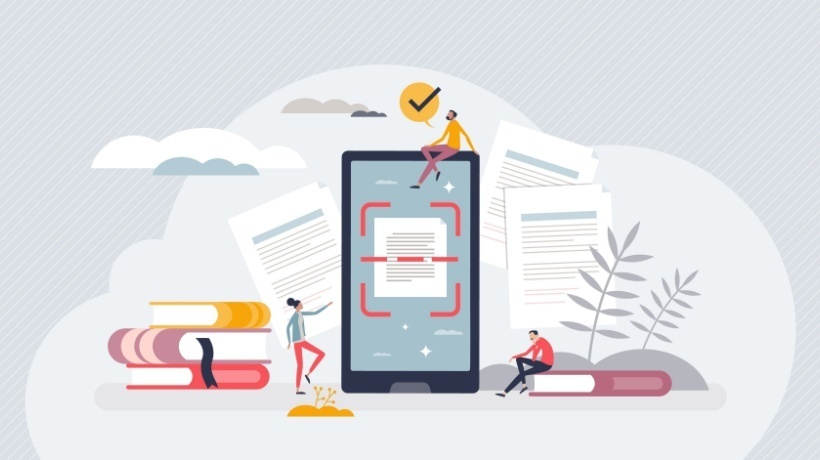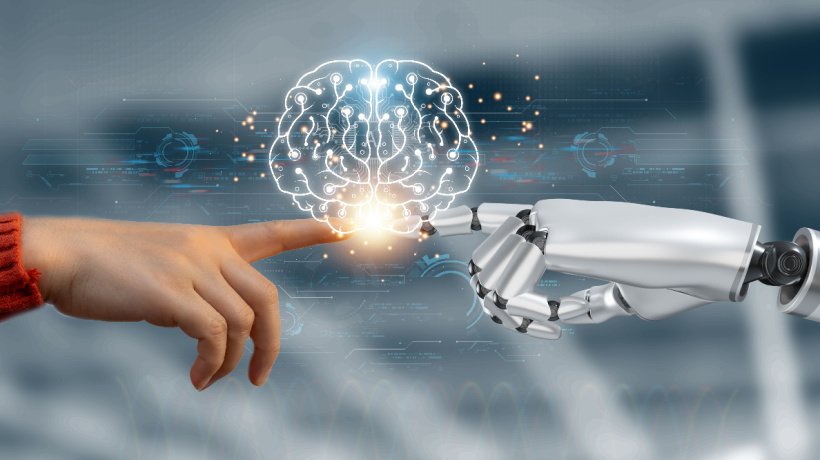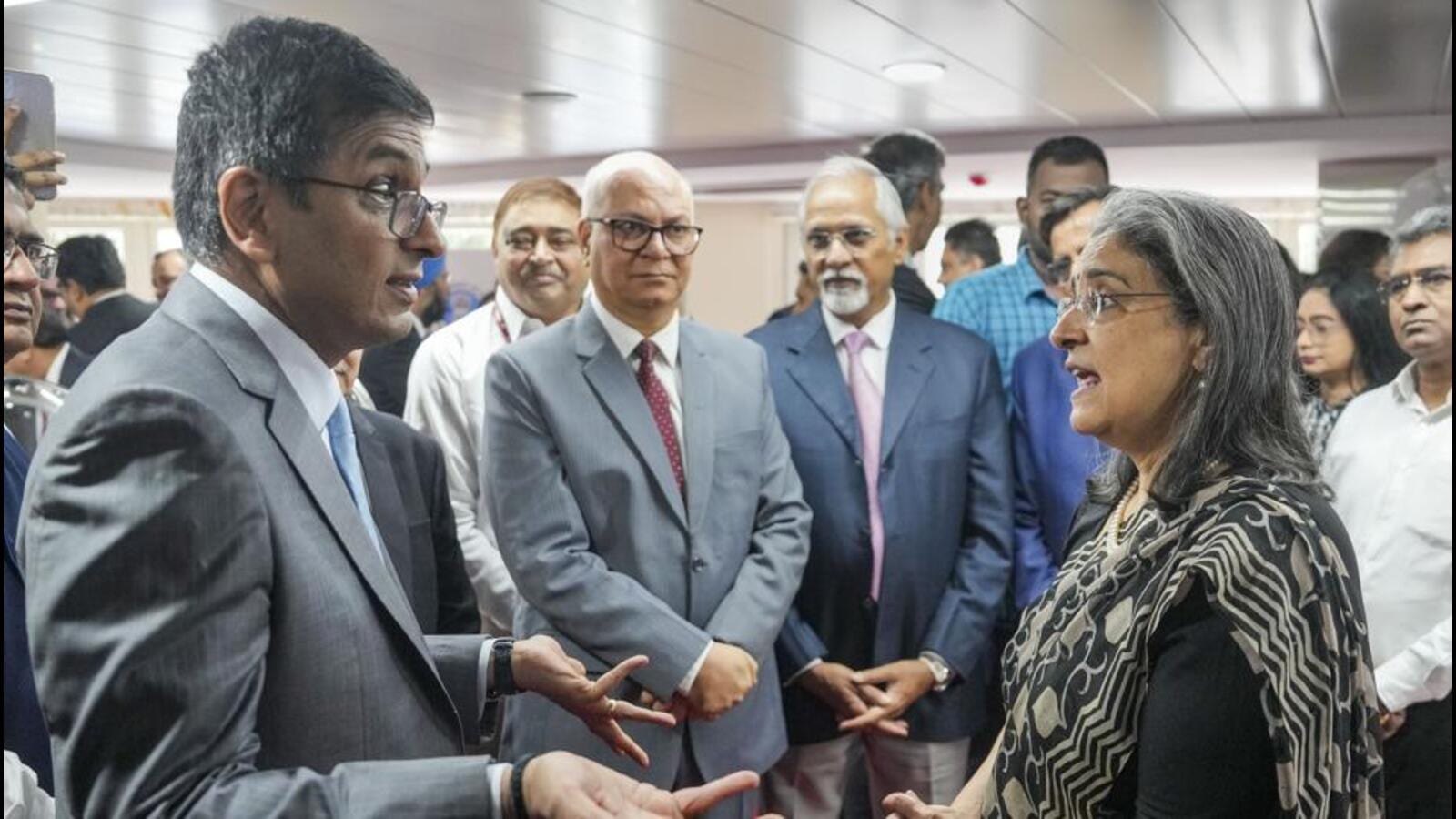OCR In eLearning: A Comprehensive Guide

Scope Of OCR In eLearning
The realm of education has undergone a significant transformation in recent years, with eLearning emerging as a dominant force. This shift toward digital learning platforms offers numerous advantages, including flexibility, accessibility, and scalability. However, one of the challenges associated with eLearning materials is the presence of text within images. This can be anything from scanned textbooks and historical documents to infographics and charts.
Optical character recognition (OCR) technology bridges this gap by offering a powerful solution to extract text from image data, seamlessly integrating it into the digital learning landscape. This comprehensive guide explores the vast scope of OCR in eLearning, delving into its applications, benefits, and potential future directions, But first let’s understand eLearning and OCR technology before moving on to aforementioned points.
eLearning
eLearning, also sometimes called electronic learning, is basically learning that takes place online. It can encompass a wide range of educational experiences, from formal academic courses to professional development training to even just following a language learning app on your phone. eLearning courses can be delivered in many different formats, including:
- Prerecorded lectures
- Videos
- Interactive exercises
- Games
- Simulations
They are typically accessed through a Learning Management System (LMS), which is a software program that tracks learners’ progress and manages their enrollment in courses. eLearning has become increasingly popular in recent years because it offers a number of advantages over traditional classroom-based learning, such as:
- Flexibility
Learners can access eLearning courses anytime, anywhere, at their own pace. - Convenience
eLearning eliminates the need for learners to travel to a physical classroom. - Cost-effectiveness
eLearning courses can be less expensive to develop and deliver than traditional classroom-based courses. - Scalability
eLearning courses can be easily scaled to accommodate a large number of learners.
Understanding OCR Technology
OCR is a technology that enables the conversion of scanned documents, photographs, or any other image containing text into editable and searchable digital text. It functions by analyzing the image data, recognizing individual characters, and then reconstructing them into a machine-encoded text format.
Modern OCR engines leverage sophisticated algorithms, including deep learning techniques, to achieve high accuracy in text recognition. These algorithms are trained on massive datasets of images and their corresponding text, allowing them to identify a wide range of fonts, styles, and layouts.
The Need For OCR In eLearning
eLearning platforms often incorporate a diverse range of learning materials, including:
- Scanned textbooks and historical documents
These resources can be invaluable for eLearning courses in various disciplines, but the text locked within the images remains inaccessible for searching and editing. - Infographics and charts
Visual aids containing text elements are crucial for conveying information effectively. However, the text within these images cannot be easily searched or integrated with other learning materials. - Certificates and transcripts
Issuing digital certificates and transcripts is becoming increasingly common in eLearning environments. However, if these documents are image-based, extracting the text for verification or further processing becomes a challenge.
OCR technology addresses these challenges by enabling eLearning platforms to:
- Make learning materials more accessible|
By extracting text from images, OCR allows users to search within the content of scanned documents, infographics, and other visual aids. This empowers learners to locate specific information quickly and efficiently. - Enhance searchability
OCR allows eLearning platforms to index the text extracted from images, making it searchable alongside the existing text content. This significantly improves the discoverability of information within the learning platform. - Improve content management
Extracted text can be easily edited, formatted, and integrated with other learning materials. This simplifies content creation and management for eLearning course developers. - Personalize learning experiences
OCR can be used to personalize learning experiences by extracting text from user-uploaded documents or annotations. This allows for a more tailored and interactive learning environment.
Applications Of OCR In eLearning
The scope of OCR in eLearning extends far beyond simply extracting text from images. Here are some specific applications that illustrate its transformative potential:
Creating Accessible eLearning Materials
OCR can be used to convert scanned textbooks and other learning materials with text-based content into accessible formats for visually impaired learners. This can be achieved by converting the extracted text into audio or Braille formats.
Automated Assessment And Feedback
OCR can be integrated with eLearning platforms to automate the grading of assessments that involve handwritten answers. By extracting the text from student responses, the system can evaluate them based on predefined criteria, providing immediate feedback to learners.
Content Localization And Translation
OCR can be a valuable tool for translating eLearning materials into different languages. By extracting the text from images, it can be machine-translated and integrated back into the learning content.
Data Analysis And Reporting
OCR can be used to analyze student responses and feedback extracted from images. This data can be used to identify areas where learners might be struggling and improve the overall effectiveness of eLearning courses.
Benefits Of Using OCR In eLearning
The integration of OCR technology into eLearning platforms offers a multitude of benefits for both learners and educators:
- Improved accessibility
Learners with visual impairments can access a wider range of learning materials through the use of OCR-extracted text. - Enhanced searchability
Finding specific information within eLearning materials becomes significantly easier with the ability to search across both text and image content. - Increased efficiency
OCR automates the process of extracting text from images, saving educators and learners valuable time and effort. - Personalized learning
Extracted text can be used to personalize learning experiences by catering to individual needs and learning styles. - Content enrichment
OCR allows for the seamless integration of image-based content into eLearning materials, enriching the learning experience. - Streamlined content management
Educators can easily manage and update eLearning content by editing the extracted text, ensuring timely updates and accuracy across courses and materials.
The Future Of OCR In eLearning
The future of OCR in eLearning is brimming with exciting possibilities. As OCR technology continues to evolve, we can expect even greater accuracy and efficiency in extracting text from image data. Here are some potential future directions:
- Enhanced handwriting recognition
Current OCR systems excel at recognizing typed text but can struggle with handwritten content. Advancements in deep learning algorithms hold promise for improved handwriting recognition, making a wider range of learning materials accessible in eLearning environments. - Multilingual OCR
The ability to extract text from image files in multiple languages will further broaden the reach of eLearning platforms. This will enable the creation of truly global learning experiences, fostering collaboration and knowledge sharing across borders. - Real-time text extraction
Imagine a future where learners can instantly extract text from image data captured through their mobile devices. This could revolutionize mobile learning by allowing users to capture text from physical documents, whiteboards, or even historical landmarks, and integrate it seamlessly into their eLearning experience. - Integration with AI-powered learning assistants
OCR can be combined with Artificial Intelligence (AI) to create intelligent learning assistants. These assistants could analyze the extracted text from learning materials and provide learners with personalized guidance, feedback, and recommendations.
Tools For Leveraging OCR In eLearning
With the growing importance of OCR in eLearning, educators and course developers have access to a variety of tools and techniques to harness its potential:
Cloud-Based OCR Solutions
Several cloud-based OCR solutions are tailored specifically to meet the requirements of eLearning platforms. These solutions offer:
- High accuracy rates for various fonts, styles, and layouts.
- Support for multiple languages and file formats (PDF, JPG, PNG, etc.)
- Seamless integration with Learning Management Systems used by many educational institutions.
On-Premise OCR Solutions
For organizations with specific security or privacy requirements, on-premise OCR solutions might be preferable. These solutions offer greater control over data but require in-house infrastructure and maintenance.
OCR APIs
For eLearning platforms with custom development capabilities, OCR APIs provide programmatic access to OCR functionality within the platform itself. This allows for deep integration and customization of the OCR experience.
Considerations For Using OCR In eLearning
While OCR offers a powerful tool for eLearning, there are some considerations to keep in mind:
- Accuracy
Accuracy is paramount when dealing with educational content. It’s crucial to choose an OCR solution that delivers high accuracy rates, especially when dealing with complex layouts, historical documents, or handwritten text. - Data security
Since OCR often involves processing sensitive learning materials, data security is a top priority. Ensure that the chosen OCR solution adheres to robust security practices to protect user data and learning content. - File format compatibility
The extracted text needs to be compatible with the eLearning platform’s content management system. Choose an OCR solution that offers a variety of output formats to ensure seamless integration.
By carefully considering these factors, educators and eLearning platform developers can leverage the power of OCR to create a more accessible, engaging, and effective learning environment for all.
Final Words
In conclusion, OCR technology plays a transformative role in the realm of eLearning. By extracting text from images, OCR empowers learners with greater accessibility, enhances searchability of learning materials, and streamlines content management for educators. As OCR technology continues to evolve, we can expect even more exciting possibilities that will further revolutionize the way we learn and teach in the digital age.







